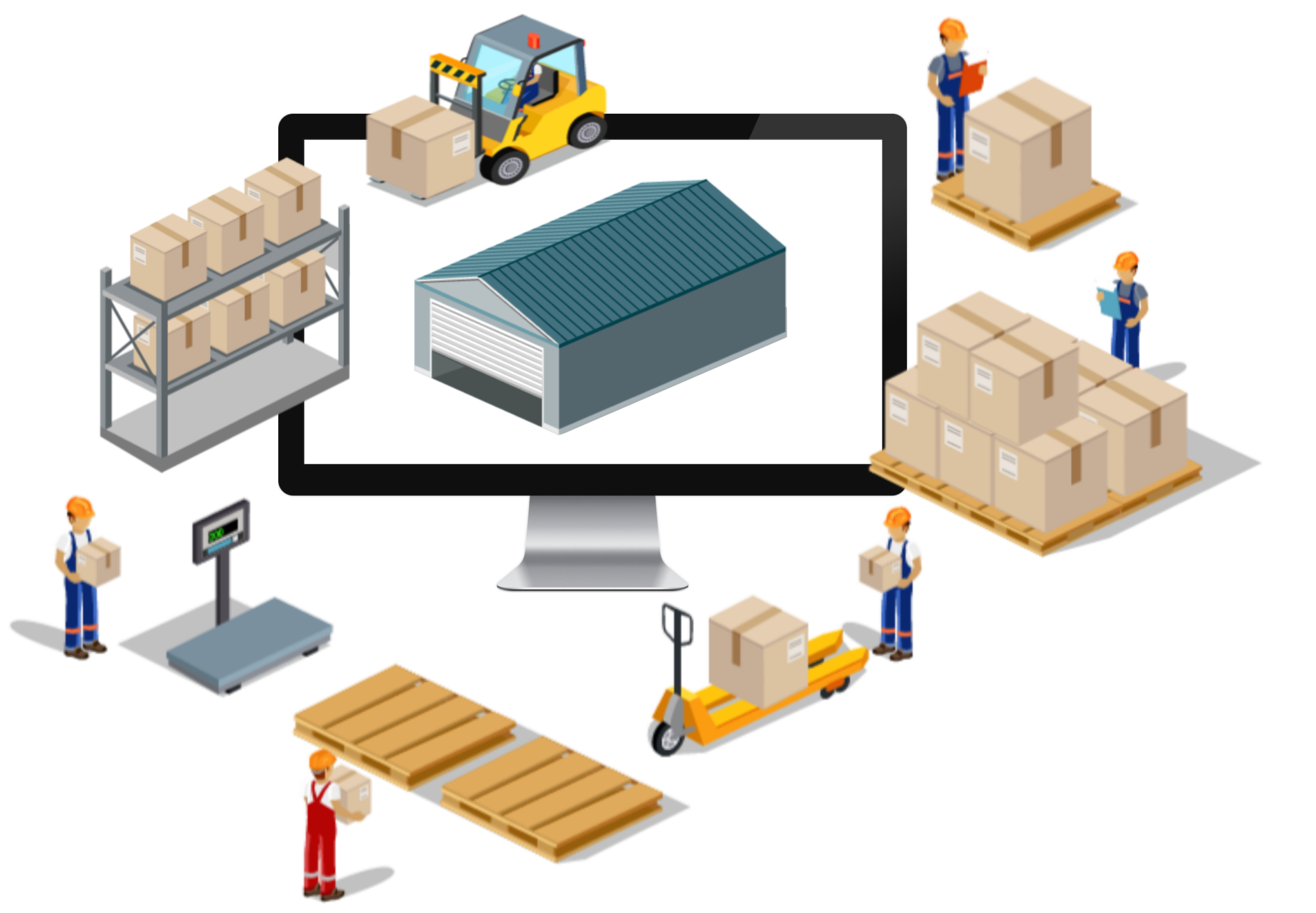Image Source: Google
In today's fast-paced business environment, efficiency is key to staying competitive and meeting customer demands. For companies that manage warehouses and distribution centers, the ability to streamline operations and optimize processes is crucial. This is where a Warehouse Management System (WMS) comes into play. By implementing a WMS, businesses can maximize efficiency, reduce costs, improve accuracy, and enhance overall productivity.
What is a Warehouse Management System?
A Warehouse Management System (WMS) is a software application that helps organizations manage and control their warehouse operations. It provides real-time visibility into inventory levels, automates tasks such as picking and packing, optimizes storage space, and streamlines order fulfillment processes. A WMS is designed to improve efficiency, accuracy, and productivity within the warehouse environment.
Key Features of a Warehouse Management System:
- Inventory management
- Order processing
- Warehouse optimization
- Barcode scanning and tracking
- Reporting and analytics
- Integration capabilities
Benefits of Implementing a Warehouse Management System
There are numerous benefits to implementing a Warehouse Management System in your organization. Some of the key advantages include:
Improved Inventory Management
- Real-time visibility into inventory levels
- Optimized storage space utilization
- Reduced stockouts and overstock situations
- Streamlined inventory replenishment processes
Enhanced Order Processing
- Increased order accuracy
- Faster order fulfillment times
- Improved order tracking and status updates
- Automated order routing and prioritization
Increased Productivity and Efficiency
- Elimination of manual tasks and paper-based processes
- Optimized labor utilization and resource allocation
- Reduced travel time and picking errors
- Enhanced employee productivity and job satisfaction
How a WMS Streamlines Warehouse Operations
A Warehouse Management System streamlines warehouse operations by automating key tasks, optimizing processes, and providing real-time visibility into critical data. Here are some ways a WMS can streamline your warehouse operations:
Automated Task Management
- Automated picking, packing, and shipping processes
- Task prioritization based on order deadlines and shipping methods
- Dynamic task assignment to minimize travel time and optimize workflow
- Real-time task updates and notifications for warehouse staff
Optimized Inventory Control
- Barcode scanning and RFID technology for accurate inventory tracking
- Real-time visibility into inventory levels, locations, and movements
- Automated inventory replenishment based on predefined rules and thresholds
- Cycle counting and physical inventory capabilities for inventory accuracy
Enhanced Reporting and Analytics
- Customizable reports and dashboards to track key performance indicators (KPIs)
- Real-time analytics for better decision-making and resource planning
- Historical data analysis to identify trends, patterns, and areas for improvement
- Alerts and notifications for inventory discrepancies, order delays, and performance issues
Considerations for Choosing a Warehouse Management System
When selecting a Warehouse Management System for your organization, it is important to consider several factors to ensure the system meets your specific needs and requirements. Some key considerations include:
Scalability
- Ensure the WMS can scale with your business as it grows
- Consider the number of users, transactions, and SKUs the system can support
- Look for a cloud-based solution that offers flexibility and scalability
Integration Capabilities
- Ensure the WMS can integrate with your existing systems such as ERP, CRM, and e-commerce platforms
- Consider the ease of integration and data exchange between systems
- Look for pre-built integrations or APIs that simplify the integration process
User-Friendly Interface
- Choose a WMS with an intuitive user interface that is easy to navigate and use
- Consider the training and onboarding process for warehouse staff to adopt the system
- Look for mobile capabilities that enable access to the system from anywhere in the warehouse
Conclusion
A Warehouse Management System is a powerful tool that can help companies streamline their warehouse operations, maximize efficiency, and improve overall productivity. By automating tasks, optimizing processes, and providing real-time visibility into inventory levels and order status, a WMS enables businesses to meet customer demands, reduce costs, and stay ahead of the competition. When choosing a WMS for your organization, consider scalability, integration capabilities, and user-friendly interface to ensure the system aligns with your business goals and objectives.
